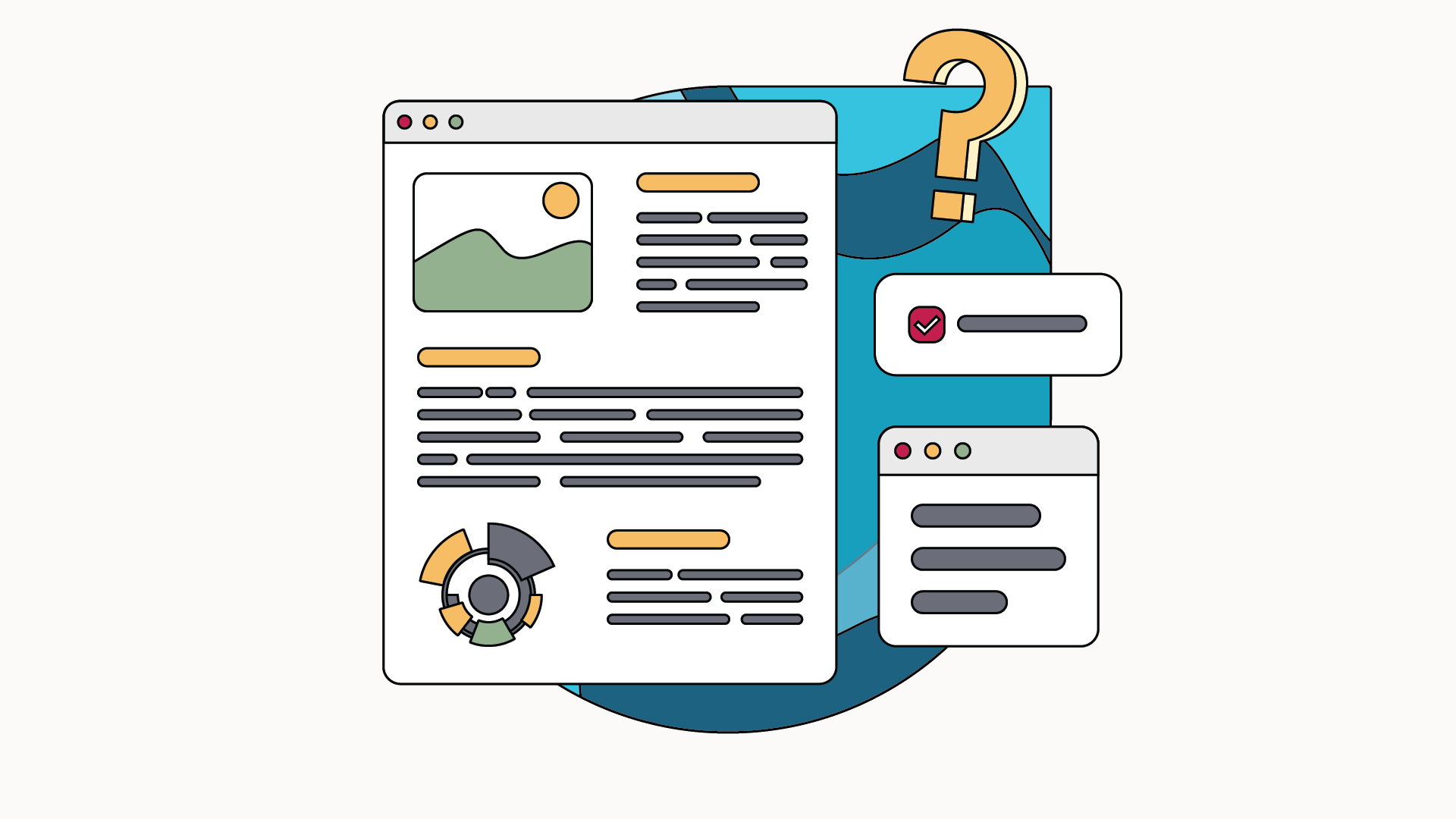Peer evaluation consists in putting the learner in a position of proofreader by asking him to critically examine and rate the work of other learners (his peers). The pedagogy of this evaluation method is centered on the learner, and therefore on the Social learning.
It is essential for a company that sets up continuing education strategies to have an evaluation system in place. Otherwise, it is difficult for learners to take stock of their level of mastery of the newly acquired skills.
Therefore, any training system, whether face-to-face or digital, must have an evaluation process. It can be an automatic evaluation by the software through a quiz, feedback from the trainer or, in the case that interests us in this article, a peer evaluation system.
Regularly used in higher education, peer evaluation has many advantages, both at the pedagogical level and for follow-up by the trainer.
What is peer review?
In scientific disciplines, peer review refers to the collective activity of researchers who critically judge the work of other researchers (their “peers”). This evaluation may relate to: a specific research, a research project proposed for funding, all the work of a researcher or all the work of a group of researchers.
In a pedagogical context, This type of assessment is learner-centered and can take the form of formative feedback aimed at promoting the progress of learning and/or a summative assessment aimed at attesting to the recognition of learning.
This type of assessment is common in MOOC, in particular because these e-learning programs attract many learners who are then too numerous to be graded by a teaching team. The peer review system thus frees up time for the trainer but favors: TheLearner involvement in an approach similar to social learning.
What are the implementation steps?
First, you need to inform learners about the assessment methods and the number of assignments they will have to correct. This number is important and must be perfectly balanced: too little work to correct and the learner will feel unlegitimate, too much work to correct and the learner may be discouraged.
Next, you must provide the proofreaders with an evaluation rubric explaining point by point how the grade is broken down and how it should be applied.
The third step is to return the anonymous interactions so as not to distort the objectivity of the editors according to their affinities. The advantage of peer evaluation is not only that the learner can get feedback on his achievements but also that the learner can present a discourse and arguments that require his ability to analyze and report on the knowledge acquired.
As a fourth step, you should tell the proofreader how much time they should spend on an assignment that needs to be corrected. This will give him a guide so that he knows if he is not doing too much or, on the contrary, if his contribution is not too weak.
Finally, it is necessary to promote Feedback since the advantage of the betting evaluation exercise is to be able to draw inspiration from suggestions made by others. Feedback allows the learner to take a critical look at their own work.
To maintain their effectiveness, peer reviews should not replace end-of-course micro-evaluations. It is preferable to place them at the end of the module, when enough knowledge has been accumulated.




